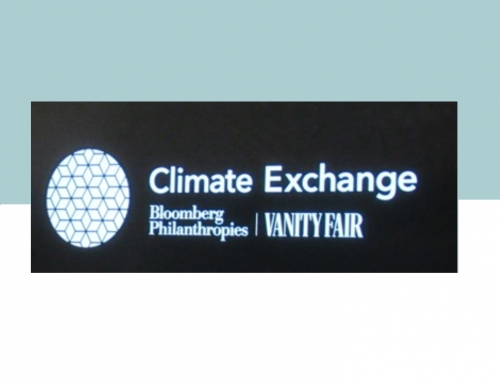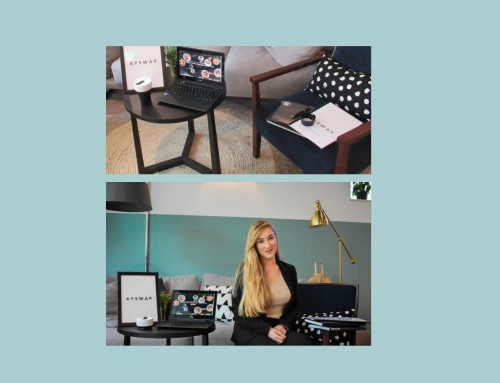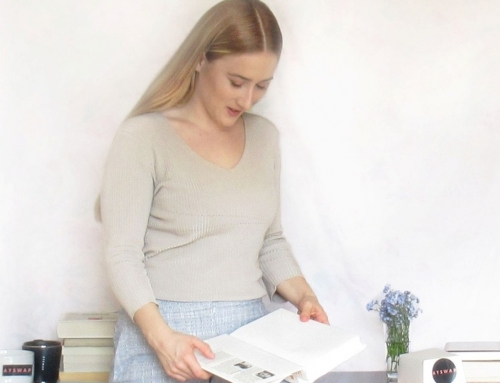Plessis (2008) believes that as there are many information surrounded us on a daily basis, we monitor our environment constantly. For that reason, human being needs a relevant deeper meaning for certain information in order to get its attention.
I can relate to Plessis statement as I believe that designing without having that understanding lead to risky outcome. By not applying relevant concept into our design work it is highly likely that this design outcome would not catch the attention of individuals we were designing for. In contrast, a product that was developed with design thinking approach and researching in mind, has more chances to get the attention and also value in the eyes of a viewer or consumer. By analysing variety of information that are surrounding us, observing concepts on a daily basis, can also help designers to move forward in their process in order to grow.
Furthermore, I agree with Kelley (2014) that designing is approach where we try to fulfil persons’ needs with the suitable tools by creating new circumstances. Designing is a process, which encompassing consideration regarding aesthetics and developing substantial outcome. It allow designers to discover deeper meaning about themselves, industry, economic or social issues by applying new innovative approaches in design work. It challenge designers to respond to those problems with an outcome that has a purpose and emotional value.
Having an assumption without performing any kind of a research can disclaimer the idea. This is the reason why good design with an effective outcome requires a valuable in detail preparatory research and represent the value of a research methodology for a designer. Having said that, you only need to become aware of the endless opportunities that are surrounding us on a daily basis, recognising them and transform them into a design output (Kelley, Kelley, 2014, p.24 – 32).
We can start by observing natural habitat and challenge our assumptions. By doing that designers can gain more understanding on how to stand out and research new possibilities of manipulation of an unexpected material that can create memorable design output with some deeper meaning and strong design presence.
For instance psychologist Robert Sternberg discovered another case of design process creative people go through and consists of the following stages: Redefine problems –> accept failure –> confront the obstacles –> acknowledge doubts –> grow. (Kelley, Kelley, 2014, p.75 – 76)
I consider designing as a learning design-thinking process through material exploration by understanding both theoretical and studio-practice work. While applying its social contexts, designers can focus on the provocative possibilities of an ever-changing spectrum of areas that are allowing them to gain an interesting insight into complex underlying meanings of designing. By doing this it can open our minds for discussion and further research.
Any king of design industry (fashion, architecture, art, graphic etc.) nowadays require quality creative content. The content, that does not question only quality of design, but also the form of ‘what is behind of it’, the process that creates story.
And this is what I personally find very challenging. Having a range of knowledge and understanding of the industry in order to design outcomes with deeper meaning and value in the eyes of consumers. To achieve this, designing should combine creative and analytical mindset with having an understanding of a whole design sector, which is nowadays extremely dynamic. Design industry is a fast-moving global industry, so it is important to understand how it is communicated through variety of creative approaches.
In order to apply that, designing research should be applied with five main stages presented below.
 Source: My sketchbook
Source: My sketchbook
1. RESEARCH
“ Go out in the world and proactively seek experiences that will spark creative thinking.” (Kelley, Kelley, 2014, p.22)
2. IDEAS AND EXPERIMENT
“You need to recognize patterns, identify themes, and find meaning in all that you’ve seen, gathered, and absorbed.” (Kelley, Kelley, 2014, p.23)
3. DESIGN DEVELOPMENT
“Once you start creating things, you realise that everything has intention behind it.” (Kelley, Kelley, 2014, p.33)
4. FURTHER RESEARCH
“Next, we set off on an exploration of new possibilities. We generate countless ideas and consider many divergent options.” (Kelley, Kelley, 2014, p.22)
5. FINAL OUTCOME / WHAT DID I LEARN
Through that research, I have learned the importance of the design research in order to bring the value and story you want to preset to the audience. This can be achieved by linking social and visual styles or transforming your ideas into the visual outcome with deep design research. I have developed understanding of variety of methods that I can apply to support my idea in the further study and career. The course of creative economy helped me so far to explore my strengths and weaknesses. There were some skill set that I was not confident to put more time into and I was evading this stage believing that I have a lack knowledge in certain field. On the one hand, it might only be the result of myself not putting enough time into developing certain skill, on the one hand this limitation might helped me to realise where my weaknesses are and allowing me to finalise projects with approach I might would not it develop it otherwise.
In general, I have learned that avoiding the poverty in one skill can lead to creative outcomes by embracing other creative skills. That is to say, I also came to conclusion that I might only need to take constructive approach to designing by including constructive criticism or embracing my knowledge in other fields. I have also learnt that in the past I did not take enough wide approach to researching part and was avoiding going into the design research as I wrongly believed that is time consuming. I generally had clear idea in mind what the final outcome is going to be, but what I have realised is that only by thoughtfully research we can create stories behind the design, which is the main source that gives design the value.
With this project I proved to myself once again the importance of not being intimidated and agitate, when it comes to lacking of knowledge in certain design stage, but instead focusing the energy into the abilities you do have. By acknowledging areas for my improvement I will be able to develop my further project on a higher visual and presentable standard.
To conclude, by combining the knowledge I gained, I came to an end what designing means for me:
“Designing is a cycle of design thinking process starting with a crack, which is thoughtfully developed through the design research into a valuable design outcome with a story to share.”
– Janja Popović
 Source: My sketchbook in the making
Source: My sketchbook in the making









Leave A Comment